Horse tracking is definitely not without hazards. Spending eight hours a day outdoors is just what many of us consider a dream job, but some of the the situations we have encountered have been difficult or down right dangerous.
Jan and I had been tracking together for several days when we again found Mystery. Mystery was one of our old reliable stallions, who could usually be counted on to be in his familiar territory and therefore, not too hard to find. We had done several behavior observations of him and his four mares. Unfortunately Gray Lady was dry this spring and both Shale and Lacey had lost their foals, so the majority of our observations were the more boring feeding and resting.
This particular day we found them, later on a cool afternoon, resting by a small clay butte just northwest of Buck Hill. Near a small water pond on the way to the butte was an old lone bison bull. We gave him a cautious eye and plenty of space as we passed the pond. Generally lone bulls are harmless as long as they don't feel threatened and we were not interested in making him feel uncomfortable.
Focusing on the small band and determining how we should approach them, I soon pushed the bull out of my mind. We were about to settle ourselves on a small rise several yards from the band when Jan noticed that the bull had followed us; he was now grazing a few yards away. Thinking he was just following the trail away from the pond, we moved away to where we would leave him clear access to the trail. Again I focused on the band, but Jan was not so easily distracted. Within minutes he had circled the small rise and closed the distance between himself and us to about twenty feet. That was enough to convince us that we needed to put some distance or something substantial between us and the curious beast with the huge woolly head and menacing horns.
Where could we go that a bull bison couldn't follow us with unbelievable speed and agility? Nowhere, but we high tailed it to the nearest small butte anyway. It made us feel a little better to have that butte available to scamper up if we needed some height advantage, even though we knew he could get to the top faster than we could if he really wanted to. We were hoping he didn't want to!
He seemed to understand that he had sufficiently spooked us, so he proceeded on to the other butte to spook our band. They quickly followed our lead and moved on to a less popular hill while the old bull stopped to scratch on the butte. We could almost detect a swagger in his walk as he moved off to graze nearby. We got to finish our observation, but we kept an eye on our intruder, having gained a better understanding of why the schoolyard intimidator is called a "bully"!
Back in the Park in early June, we woke one morning to another unexpected intruder in our quest to find and observe the horses. It was June 6th in southwestern North Dakota, and it was snowing. Having lived in North Dakota more years that I like to admit to, I had never before seen snow in June, but there it was, coming down in huge clusters. At first we thought it would melt immediately when it hit the ground, which it did. But, it just kept coming, and coming, until the ground was covered. We decided to brave the now slippery loop road and go around the Park anyway. Maybe we would see some poor miserable horses hanging along the road, hoping to gain some warmth that may have remained in the blacktop. Well, we never saw a horse, not one, but we got some great photos of a phenomenon that we may never see again. I had to snap a photo of our young friend, Hedrick, from North Carolina, shivering in the cold.
Our last hazard we found on a much warmer day. We had been seeing several bands from Boicourt Ridge so we headed back out toward the north from the overlook. There on the bottoms, north of the ridge and tucked into a secluded valley, were Embers, High Star, and Cocoa. Since we had seen a carcase that we thought we should investigate near the fence, we walked all the way down to the north fence. It was only a large bison, but at least we knew it wasn't one of our missing horses. When it was time to go back we took a vote as to whether we should walk around the butte and up an easier valley or take the shorter route but have to climb the high, steep north face of the ridge. Hedrick voted the low road and I voted the high road, making it Henry's decision which way to go. That way we could blame him for a long walk or a steep climb, either contributing to the tired condition of our bodies.
He voted the low road, so we took off for the prairie dog town on what the Boicourts called Pleasant Flat. ( A future post will feature the information I was given about this adventurous family.) Plodding across the prairie dog town, we weren't paying much attention to where we were going as we pondered what it would be like to live on that flat 100 years ago. Suddenly Hedrick took a little longer step and exclaimed, "There's a snake in that hole!" Oh, there was a snake in the hole, all right. It was a fat coiled rattle snake at the mouth of the prairie dog den. Getting a photo of him was challenging since there was a lot of vegetation in front of him and Henry was not interested in clearing it away for me. He did oblige to throw a rock at the snake to prove it was indeed a rattler. The snake was was not too pleased with us interrupting his nap and having a rock tossed at him didn't improve his disposition. We decided it would be wise to pay a little more attention to where we were putting our feet from now on.
Having convinced us of it's power to change our plans, nature prevailed over the puney quests of man.
Subscribe to:
Post Comments (Atom)


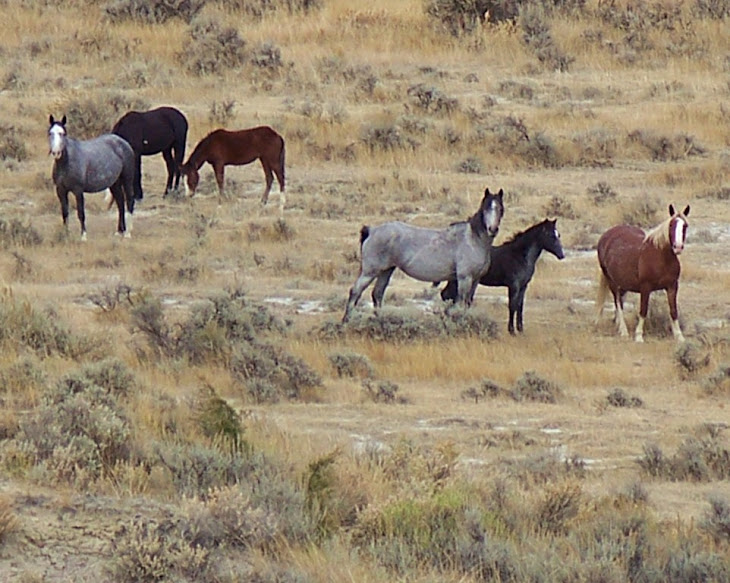
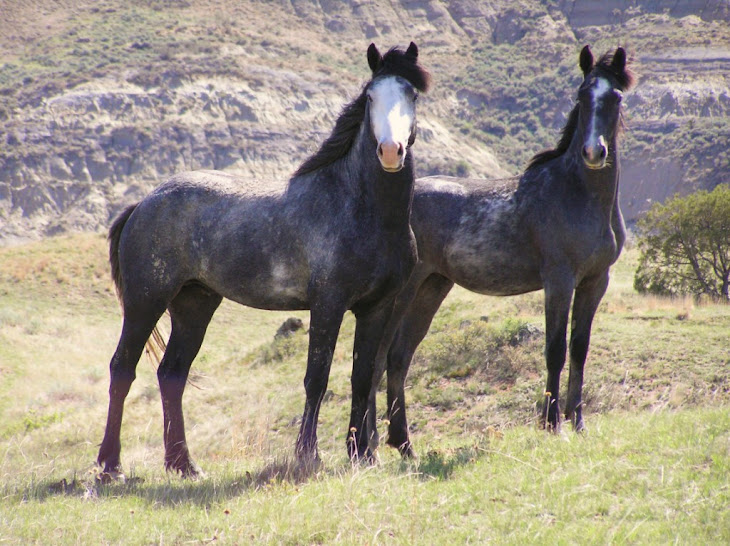









































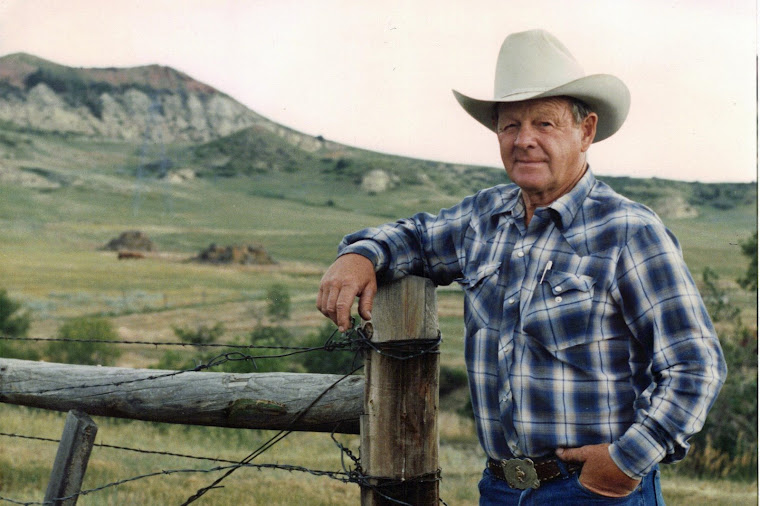






































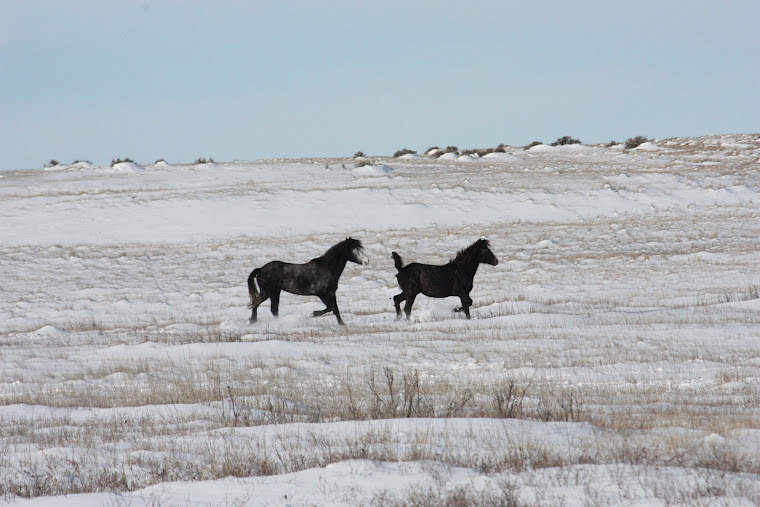
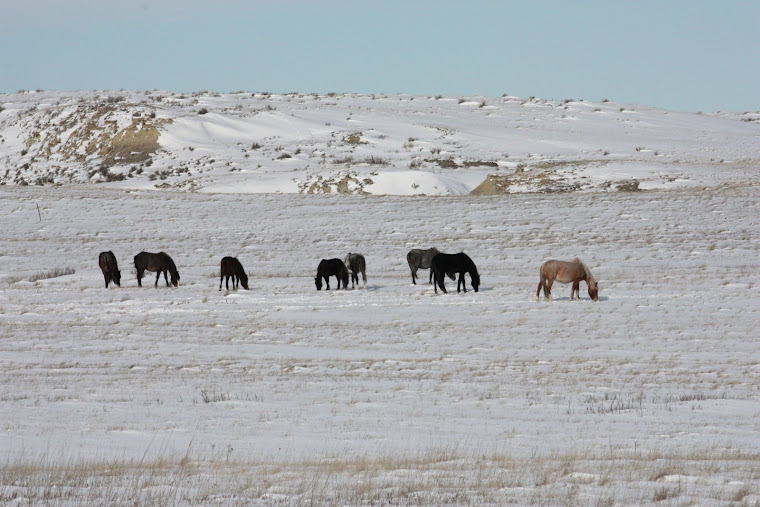
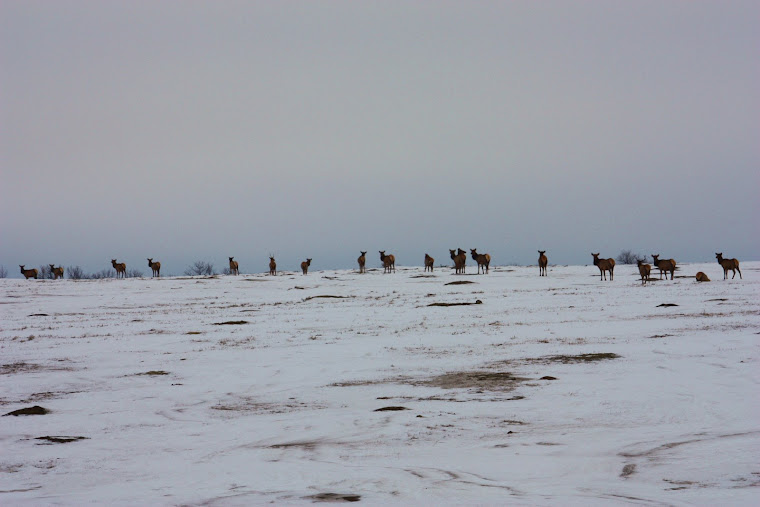





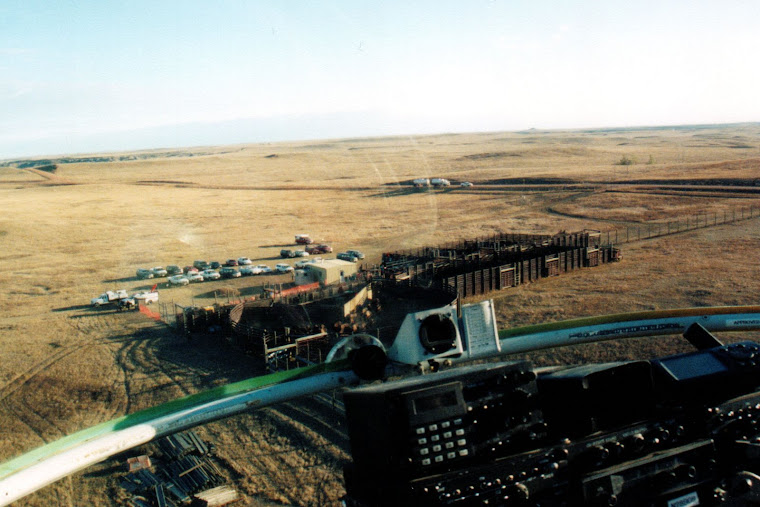
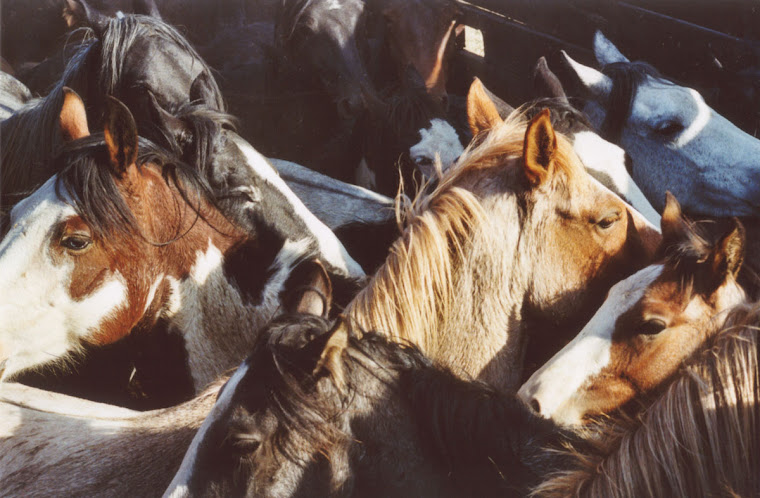
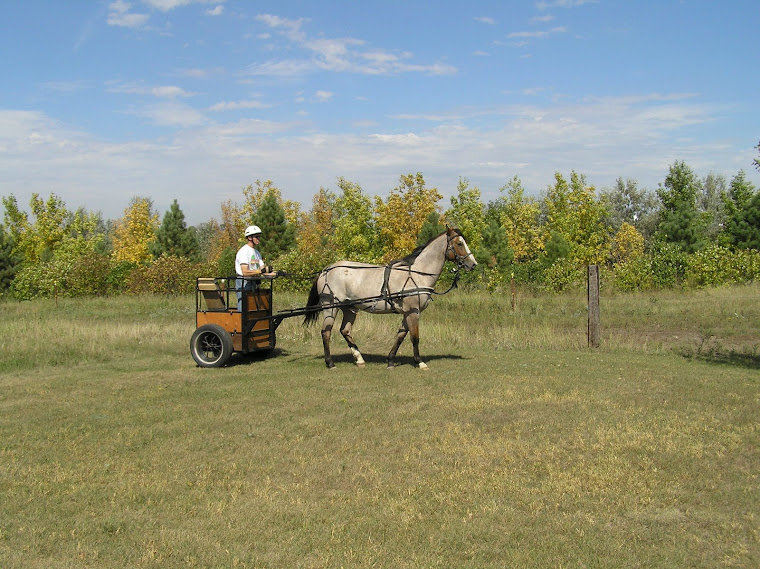


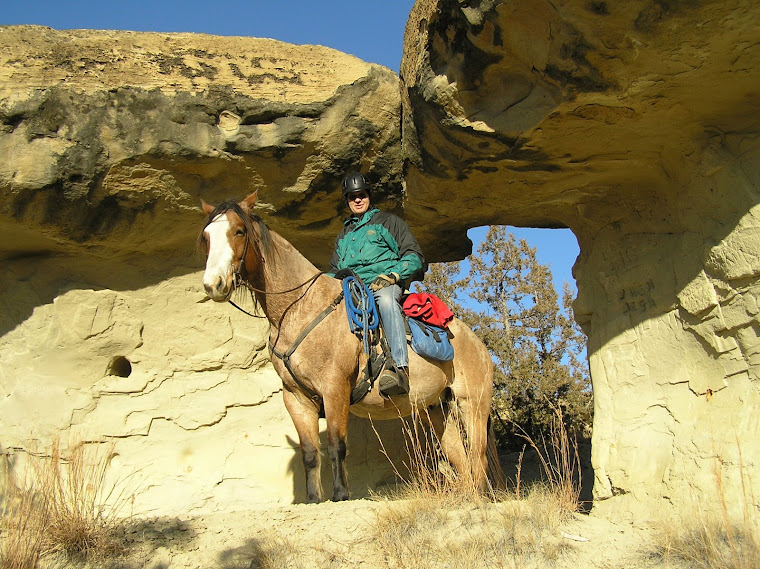



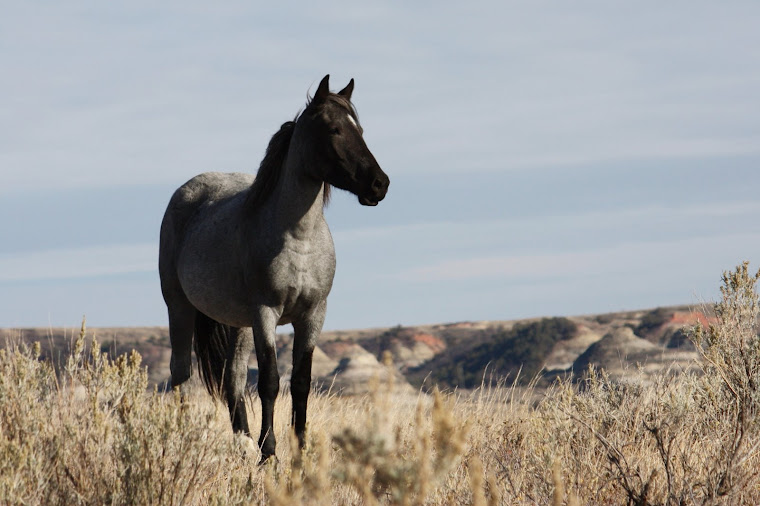


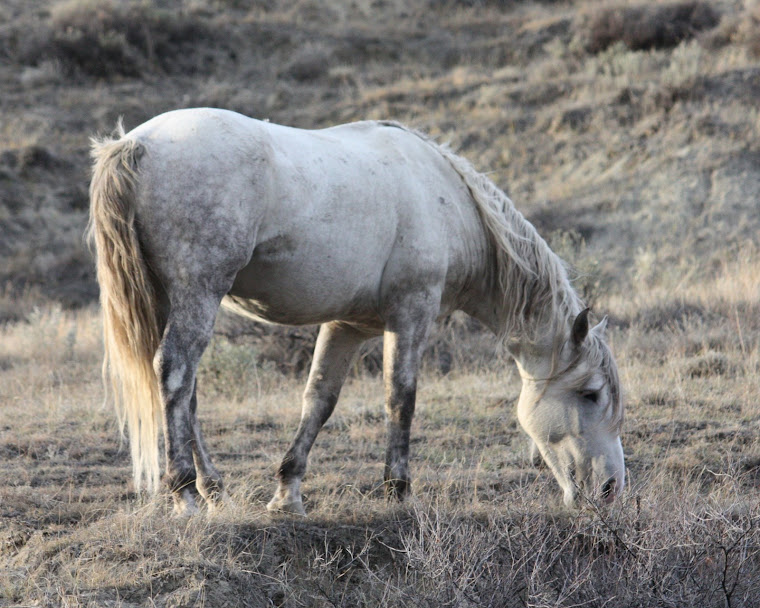
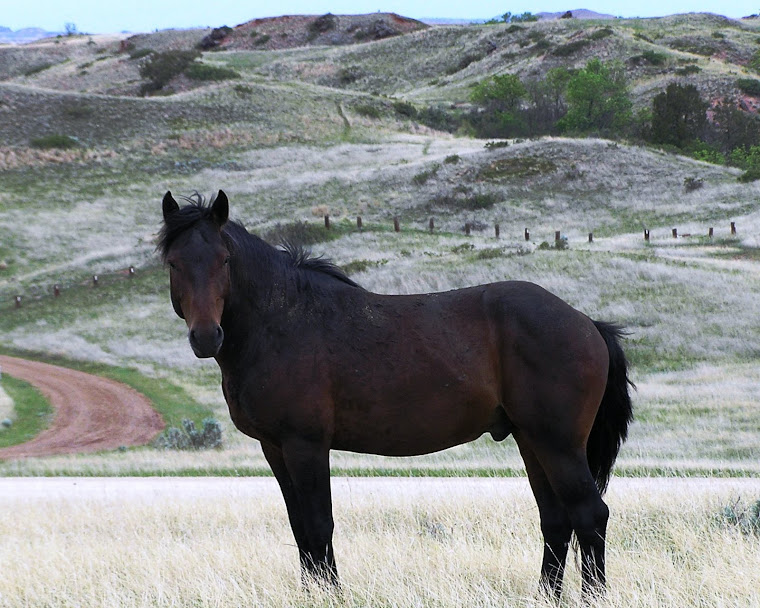

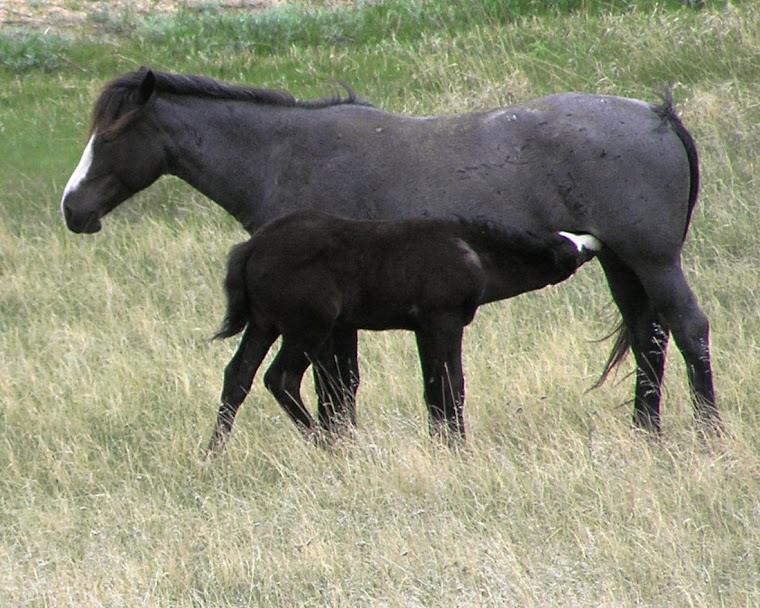
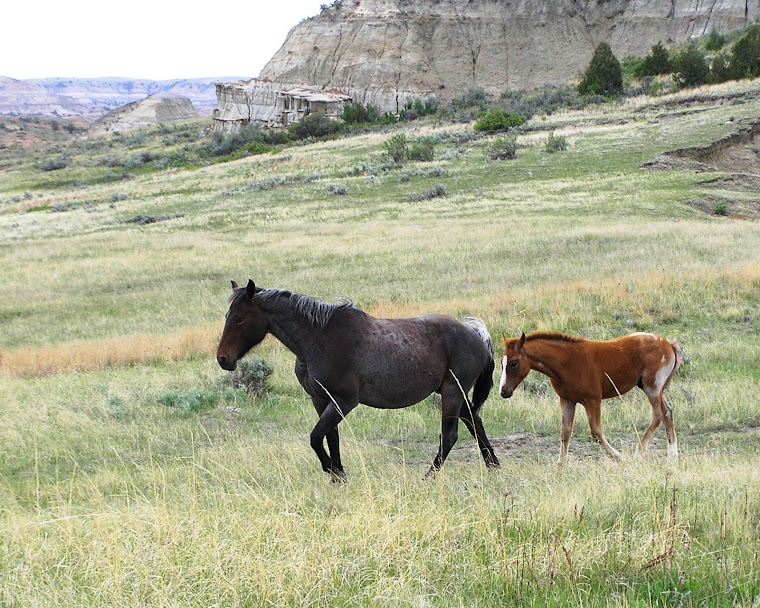
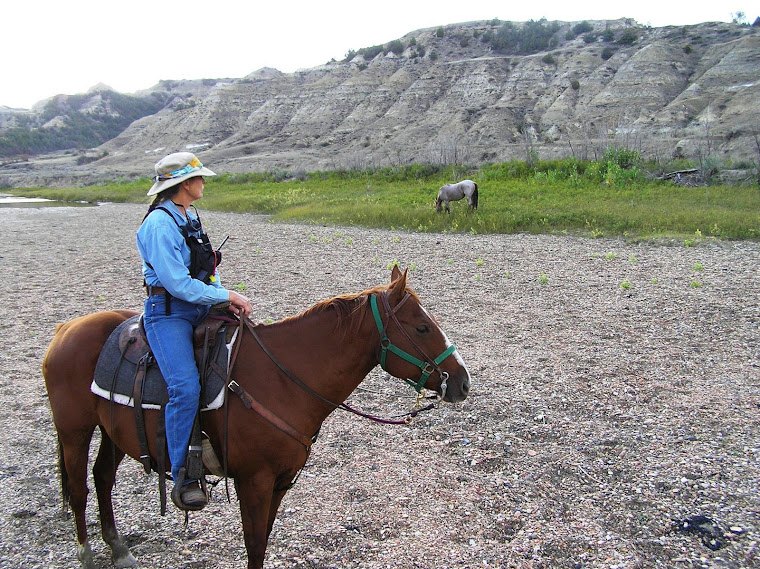
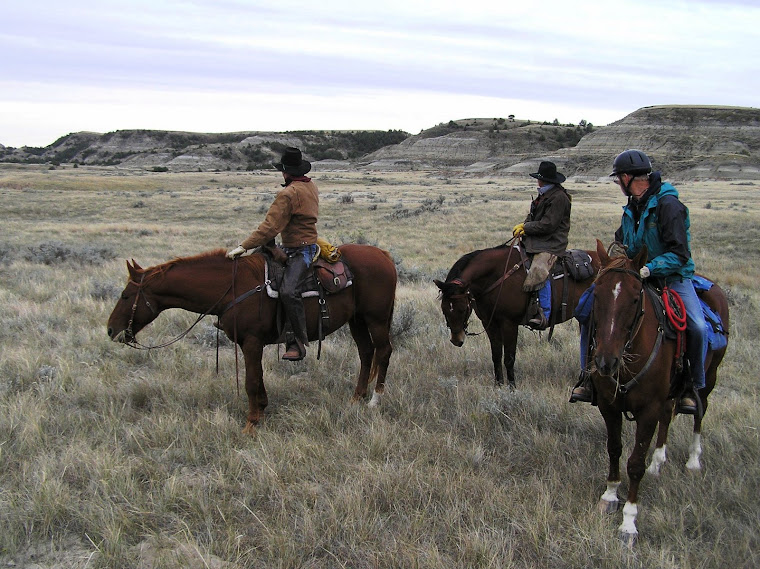
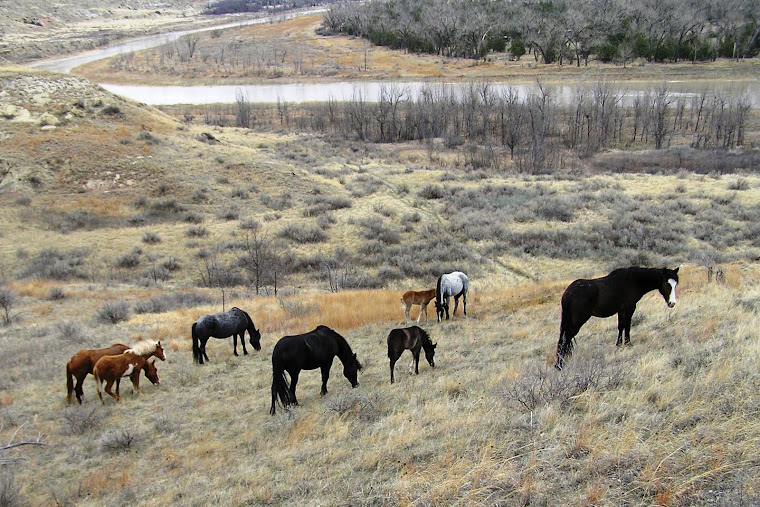
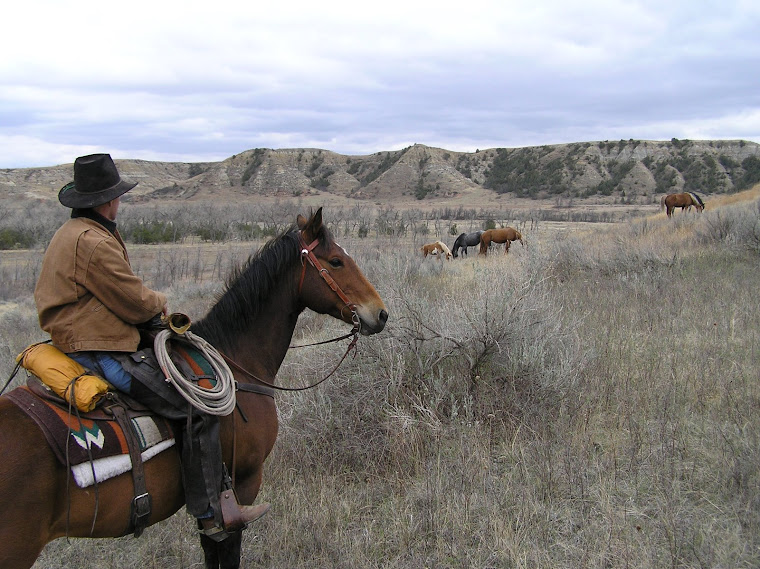

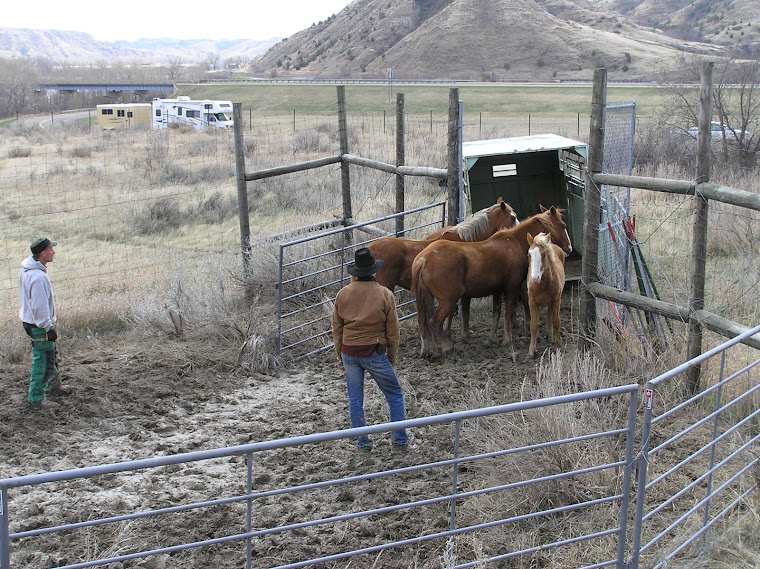
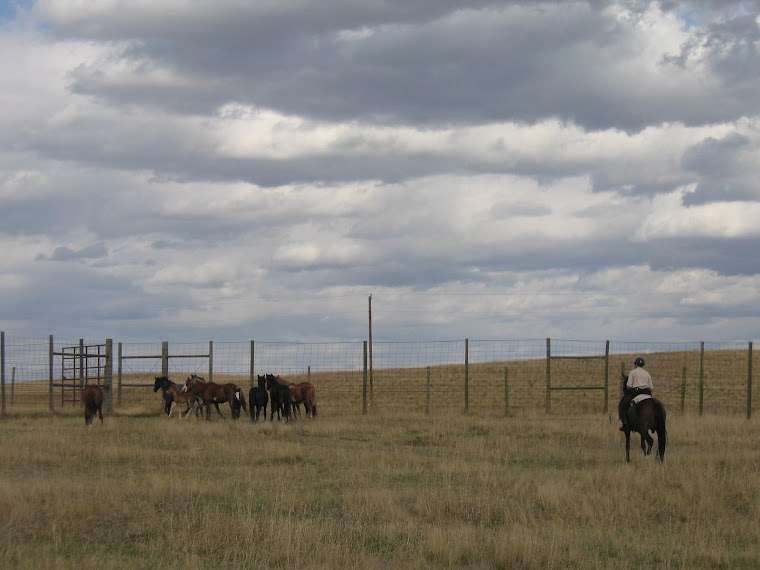
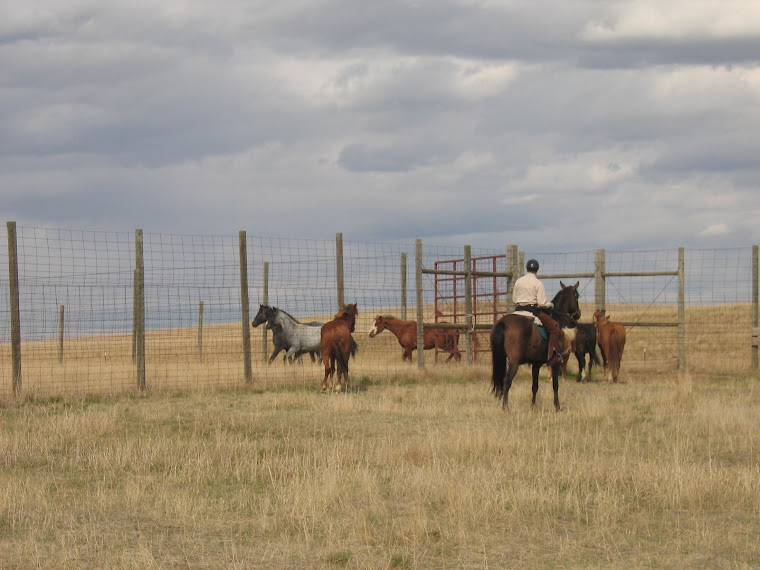
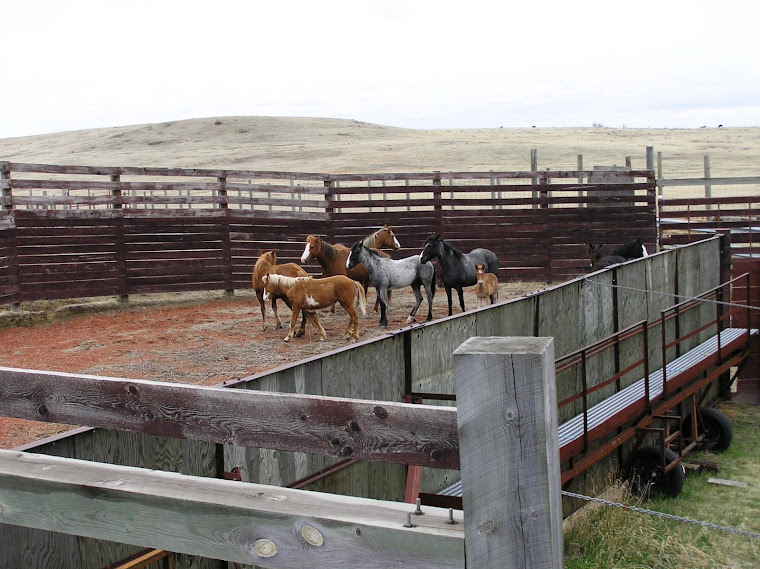


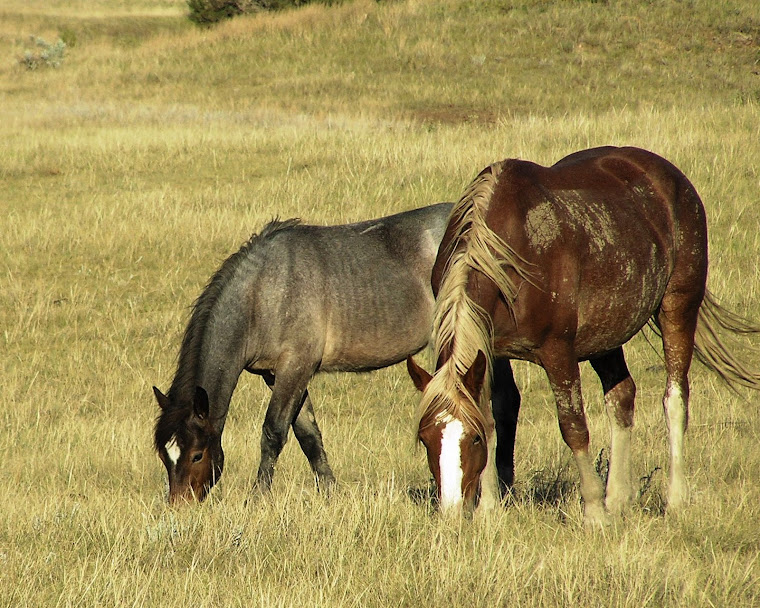

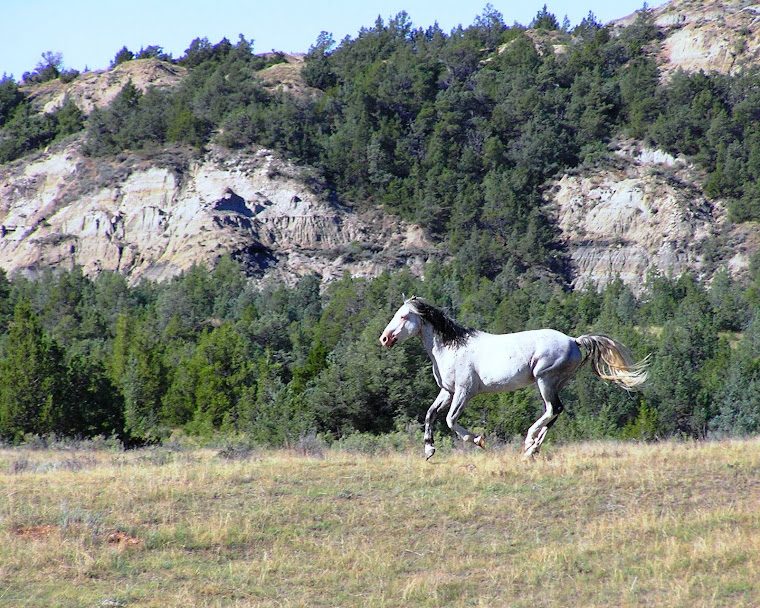
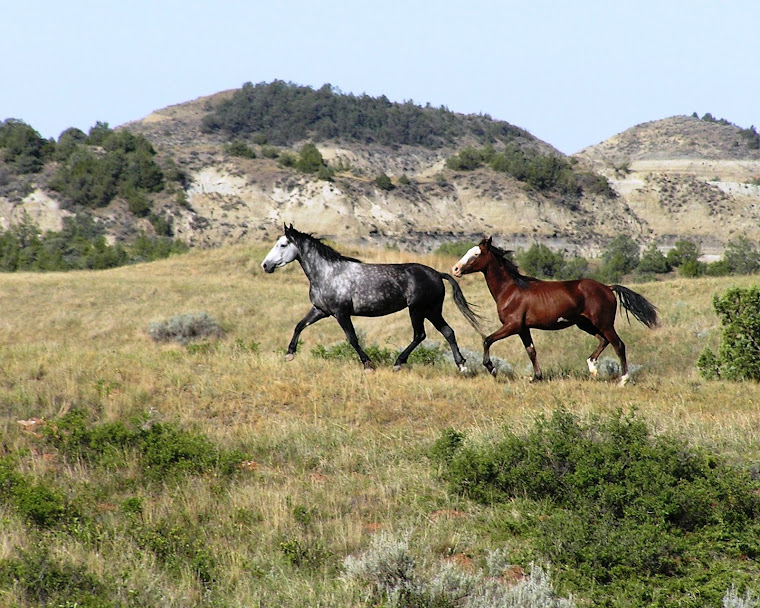
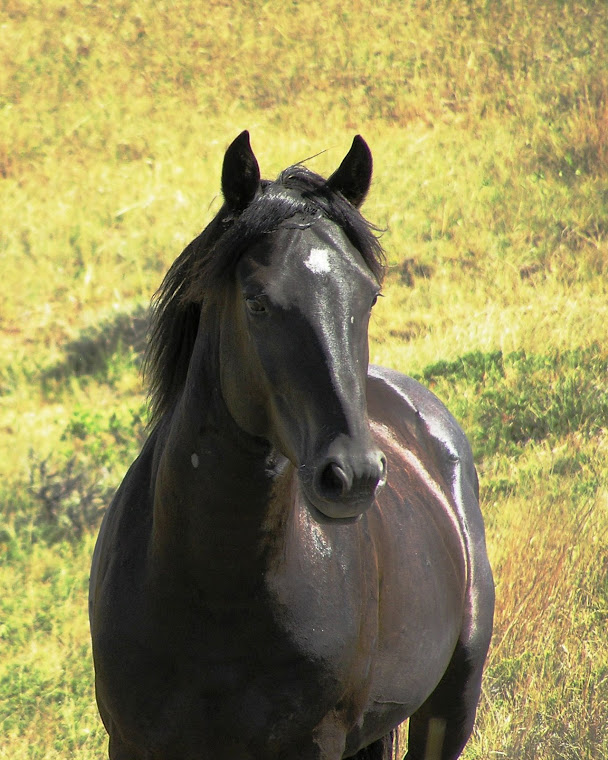

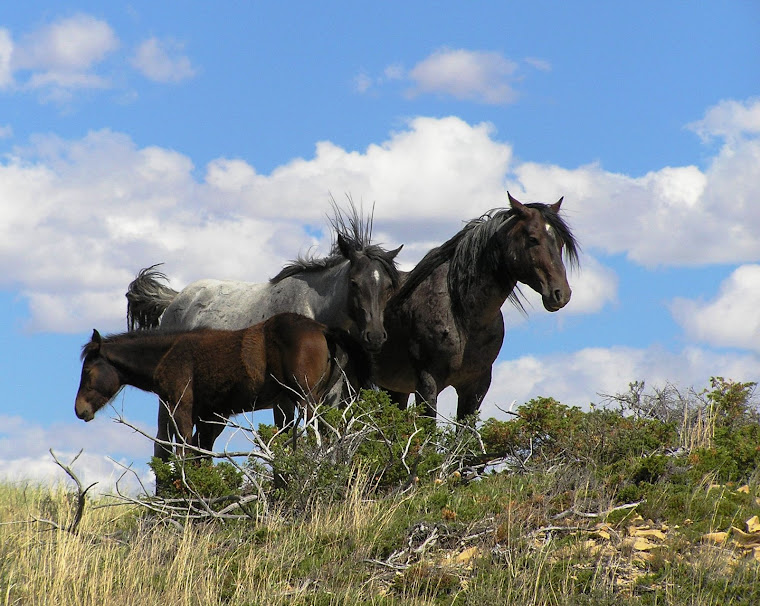



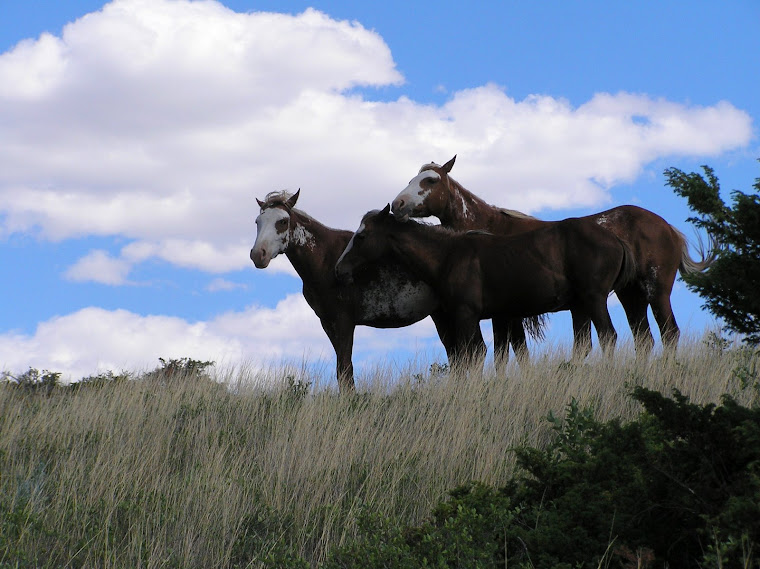


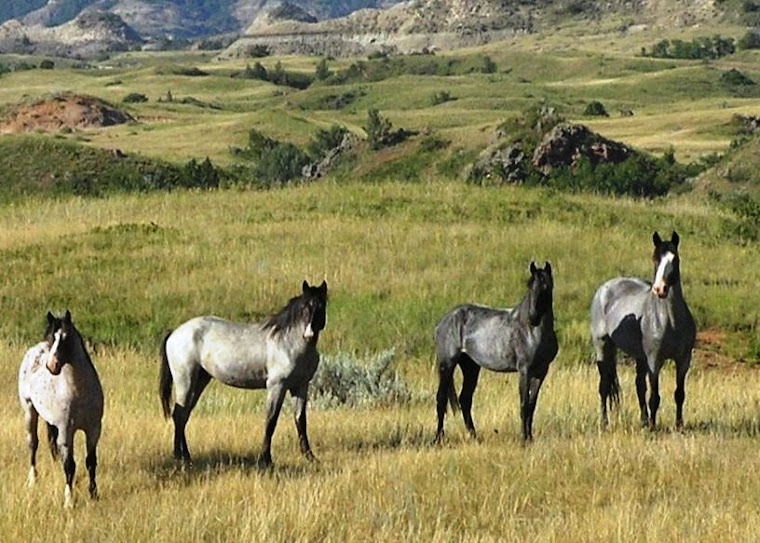

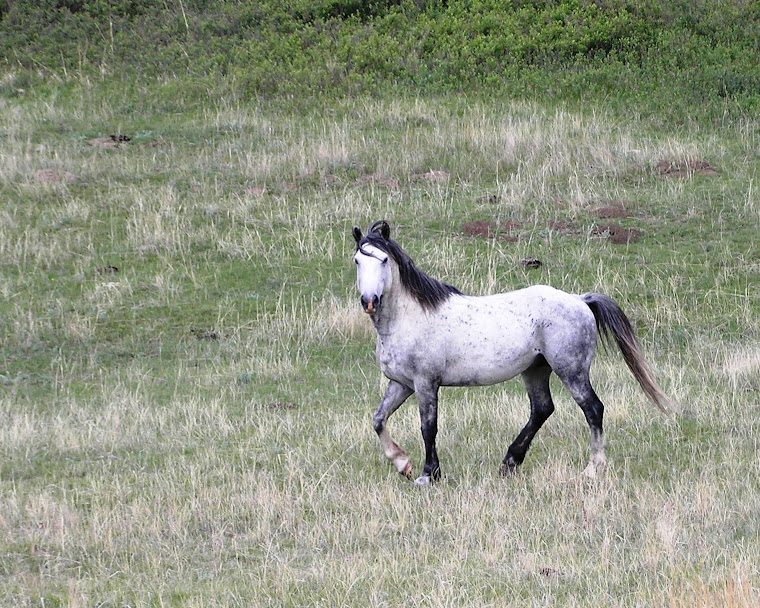

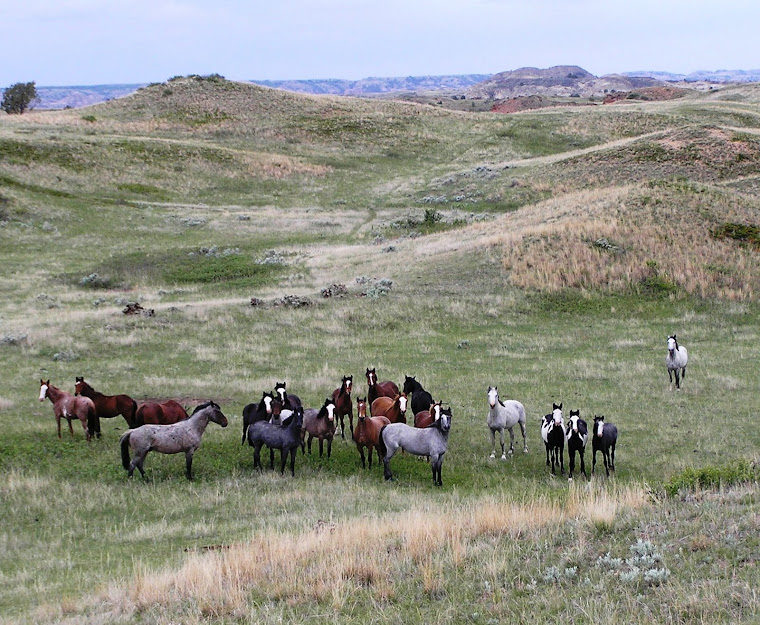
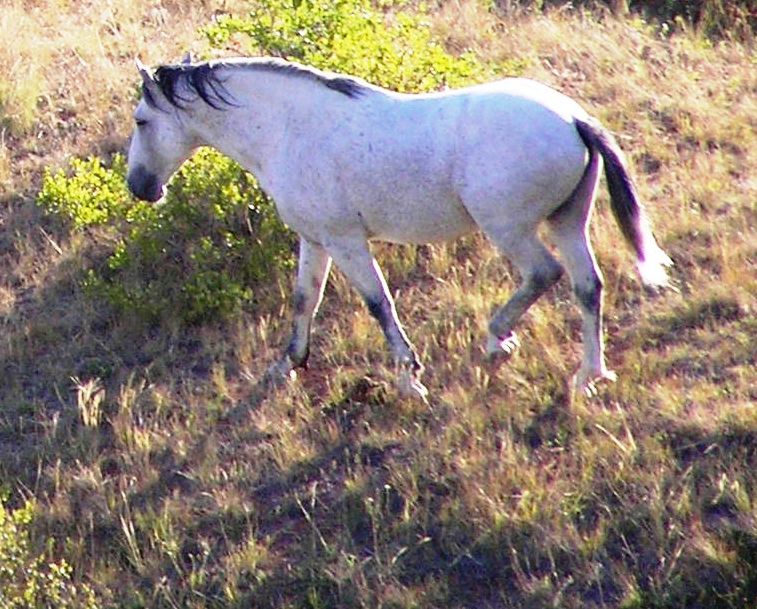

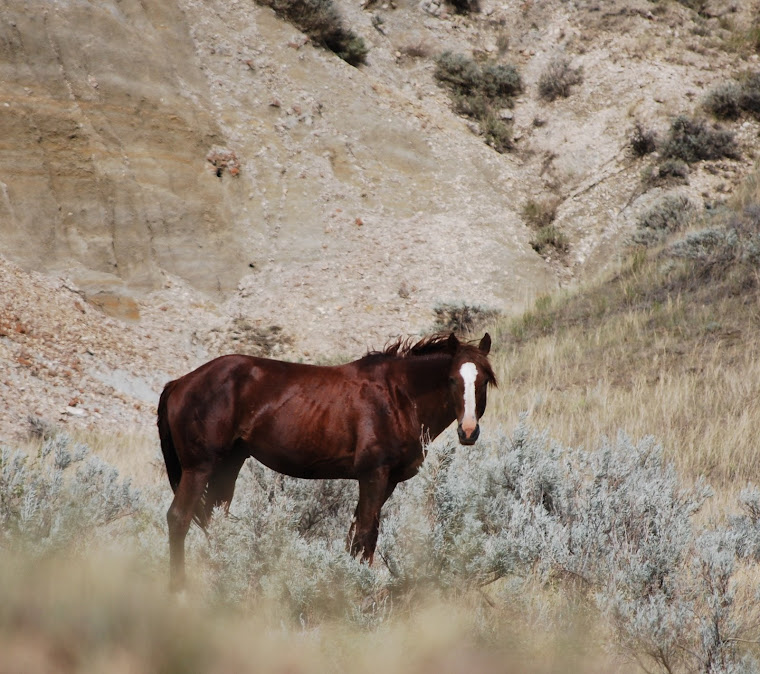

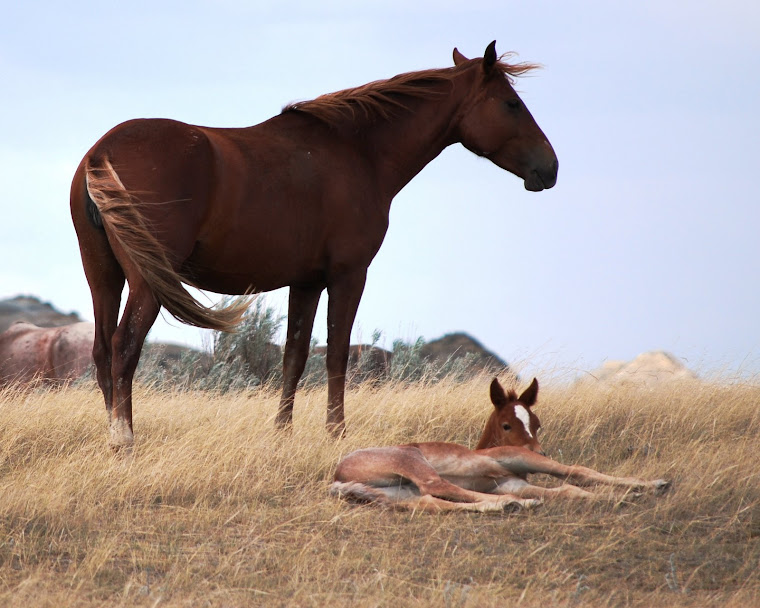
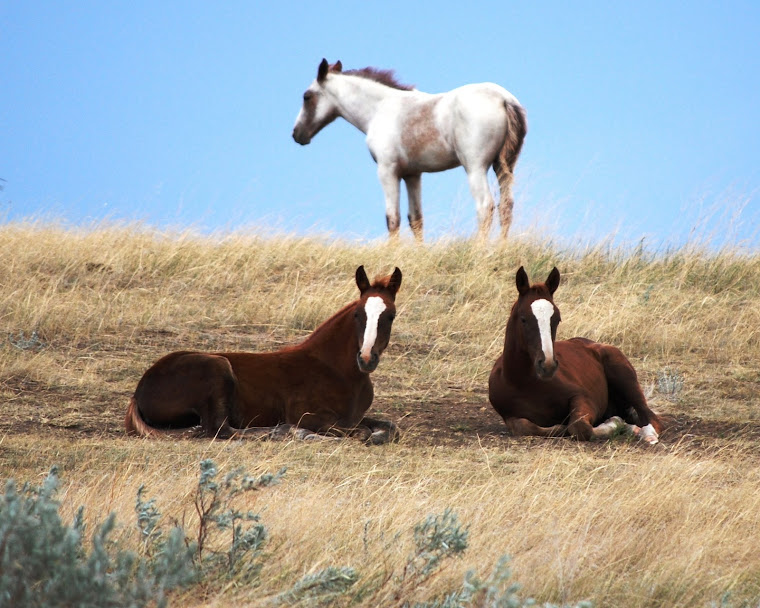
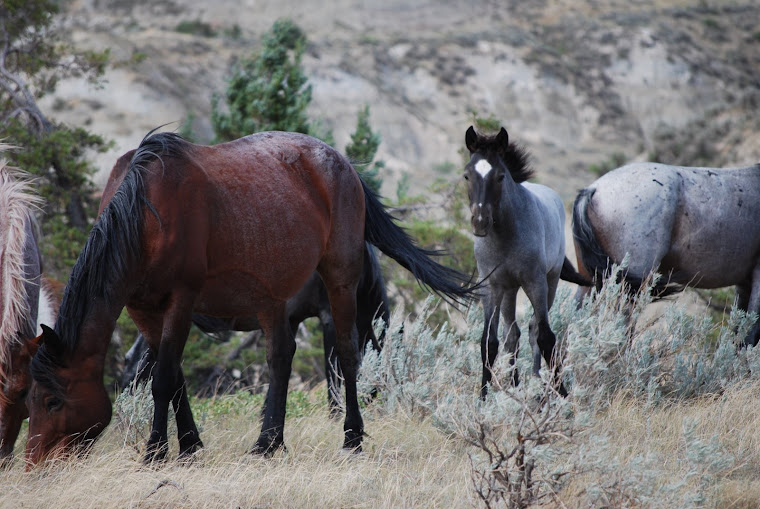

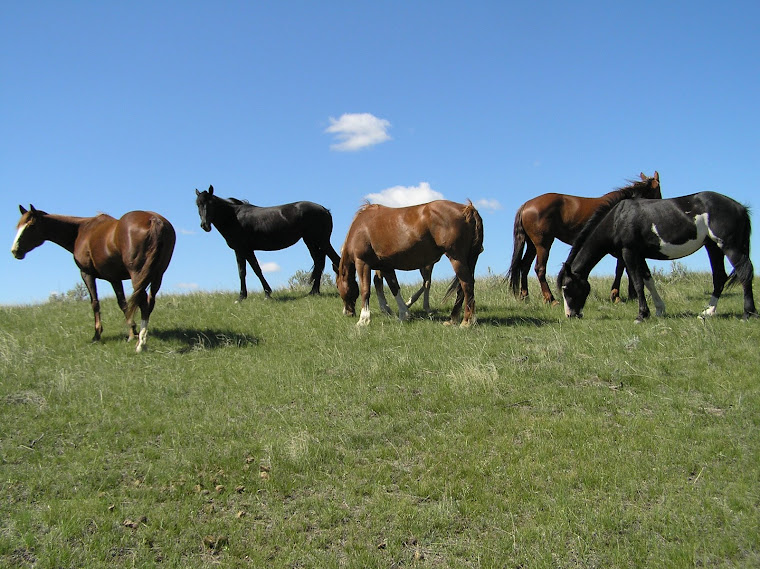
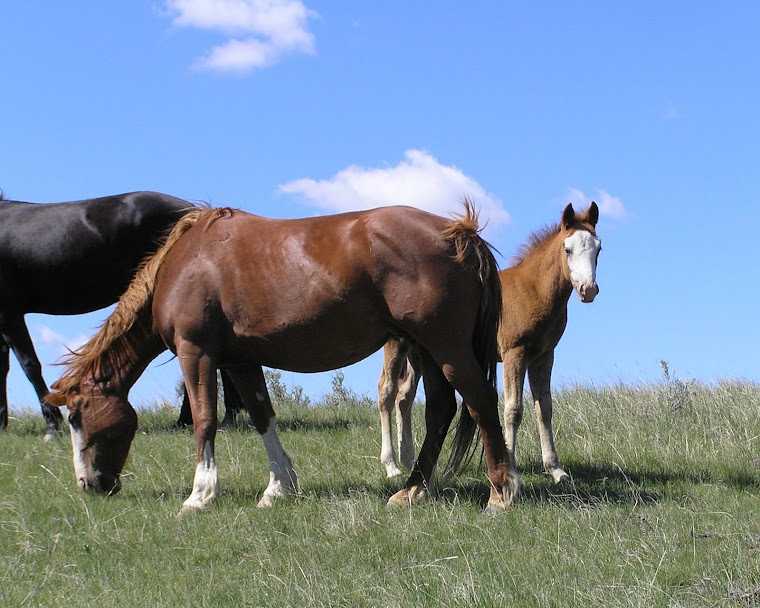

No comments:
Post a Comment